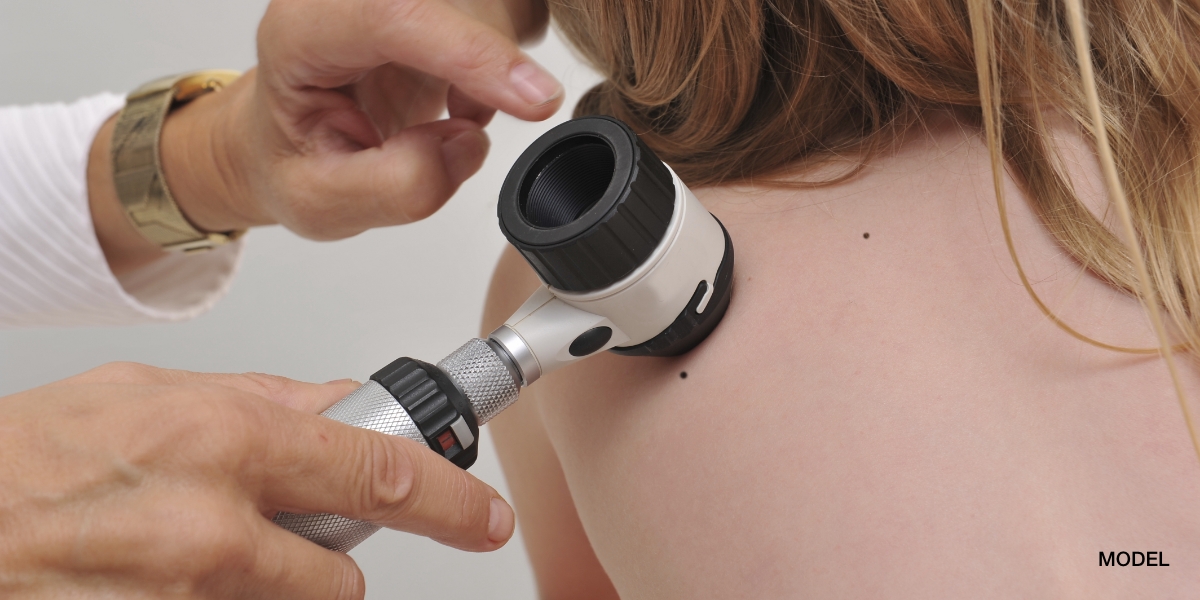Aldara (imiquimod) is a cream that is very effective in the treatment of sun damage and actinic keratoses. I have always been fascinated by the mechanism of Aldara. Unlike Efudex, which is essentially a caustic topical agent that is rather non selective, Aldara is like a “smart bomb” which utilizes the bodies immune system to fight actinic keratoses and skin cancer. Aldara stimulates toll like receptor 7 to initiate a cascade of inflammatory pathways to treat sun damage. Unfortunately 1 out of 7 patients lack this receptor and Aldara is ineffective in them. It is impossible to determine who lacks this receptor until Aldara is used. A good response usually occurs approximately 1-2 weeks after beginning Aldara, in which the skin becomes very red and inflamed. Although the skin appears very red and inflamed, most patients report no discomfort. In contrast, areas treated with Efudex usually have pain or tenderness. If no response occurs after two weeks of use, then the patient most likely lacks toll like receptor 7 and another treatment modality must be prescribed. For the treatment of actinic keratosis, I typically prescribe Aldara twice a week for 3-4 months. I recommend the patient follow up 2-3 weeks after beginning the treatment so I can adjust the frequency of the dose based on their individual response. It is extremely important to avoid direct UV exposure during the course of Aldara as UV can intensify the response and can result in a serious burn. Very rarely, patients report flu like symptoms with Aldara, otherwise it is very well tolerated. One drawback of Aldara is the expense. It is packaged in very small sachets that only contain a small amount of the medicine. I recommend the patient use a very small amount of the medicine with each application as “a little goes a long way.” One sachet can be used for 2-3 applications. After the treatment course, most patients are amazed how refreshed and renewed the skin appears. It essentially appears as if a laser treatment or chemical peel was performed with elimination of mottling and discoloration and an overall smoothing of the treated skin.





